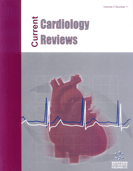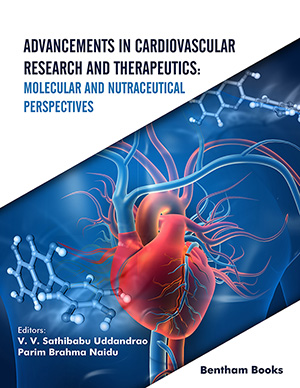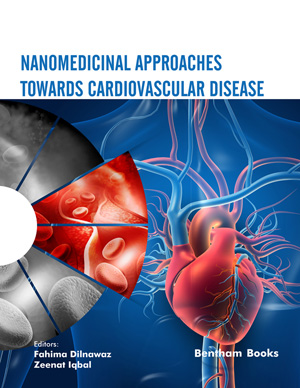Abstract
Aims: To study the association between selected obesity indices, systolic blood pressure (SBP), and diastolic blood pressure (DBP).
Methods: A cross-sectional study on 491 Jordanian adults (19-65 years old). The sociodemographic data, anthropometrics, and blood pressure were measured and recorded. Obesity indices (Conicity Index (CI), Abdominal volume index (AVI), Body Roundness Index (BRI), and Weight-adjusted-waist index (WWI)) were calculated using standard validated formulas.
Results: Based on age, the SBP had a significant moderate correlation with BRI and AVI in all age groups. In the age group 20 to 34 years, SBP had a significantly moderate correlation with CI, and DBP had a significantly moderate correlation with BRI and AVI. In the age group 35 to 44 years, DBP had a significantly moderate correlation with CI, BRI, WWI, and AVI. For the age group 45 to 65 years, the SBP had a significantly moderate correlation with all the obesity indexes, opposite to DBP. Obesity indices explain 23.6% to 24.1% of the changeability in SBP, and one unit increase in them resulted in an increase in SBP range from 0.61 ± 0.14 to 19.88 ± 4.45. For DBP, obesity indices explained 15.9% to 16.3% of the variability in DBP, and raising them by one unit led to an increase in the DBP range from 0.27 ± 0.11 to 10.08 ± 4.83.
Conclusion: All the studied obesity indices impacted SBP and DBP with the highest reported effect for AVI and BRI and a lower impact for WWI. The impact of obesity indices on DBP was affected by age group.
Keywords: Systolic blood pressure, diastolic blood pressure, conicity index, obesity indices, hypertension, cardiovascular disease.
[http://dx.doi.org/10.3390/ijerph182111607] [PMID: 34770120]
[http://dx.doi.org/10.1111/jch.13832] [PMID: 32092245]
[http://dx.doi.org/10.1016/j.numecd.2022.01.033] [PMID: 35277327]
[http://dx.doi.org/10.1016/S0140-6736(12)61766-8 ] [PMID: 23245609]
[http://dx.doi.org/10.1038/s41569-021-00559-8] [PMID: 34050340]
[http://dx.doi.org/10.2147/DMSO.S238153] [PMID: 32273739]
[http://dx.doi.org/10.1038/s41581-019-0244-2] [PMID: 32024986]
[http://dx.doi.org/10.3390/nu13114176] [PMID: 34836431]
[http://dx.doi.org/10.9734/AJMAH/2017/37772]
[http://dx.doi.org/10.1038/s41598-021-83055-w] [PMID: 33568712]
[http://dx.doi.org/10.1186/s12889-015-2150-2] [PMID: 26286520]
[http://dx.doi.org/10.1371/journal.pone.0039504] [PMID: 22815707]
[http://dx.doi.org/10.1177/0300060519848854] [PMID: 31144540 ]
[http://dx.doi.org/10.1186/s12889-020-09423-9] [PMID: 32867710]
[http://dx.doi.org/10.3390/ijerph18010281] [PMID: 33401502]
[http://dx.doi.org/10.1038/s41598-020-71302-5] [PMID: 32883969]
[http://dx.doi.org/10.1097/MD.0000000000004642 ] [PMID: 27559964]
[http://dx.doi.org/10.5455/ijmsph.2016.13102015231]
[http://dx.doi.org/10.1038/s41598-018-35073-4] [PMID: 30425288]
[http://dx.doi.org/10.1155/2019/8143179]
[http://dx.doi.org/10.4178/epih.e2020040] [PMID: 32512659]
[http://dx.doi.org/10.1016/j.ijans.2020.100194]
[http://dx.doi.org/10.3390/nu13103373] [PMID: 34684374]
[PMID: 32493897]
[PMID: 31910942]
[http://dx.doi.org/10.1186/s12872-021-01905-x] [PMID: 33593274]
[http://dx.doi.org/10.1186/s12986-020-00536-x] [PMID: 33407674]
[http://dx.doi.org/10.3390/ijms20102504] [PMID: 31117242]
[http://dx.doi.org/10.3389/fpubh.2022.1042236] [PMID: 36504986]
[http://dx.doi.org/10.1016/j.numecd.2020.05.033] [PMID: 32624344]
[http://dx.doi.org/10.1186/s12872-023-03452-z] [PMID: 37658325]
[http://dx.doi.org/10.3389/fendo.2023.1134065] [PMID: 37008949]




















